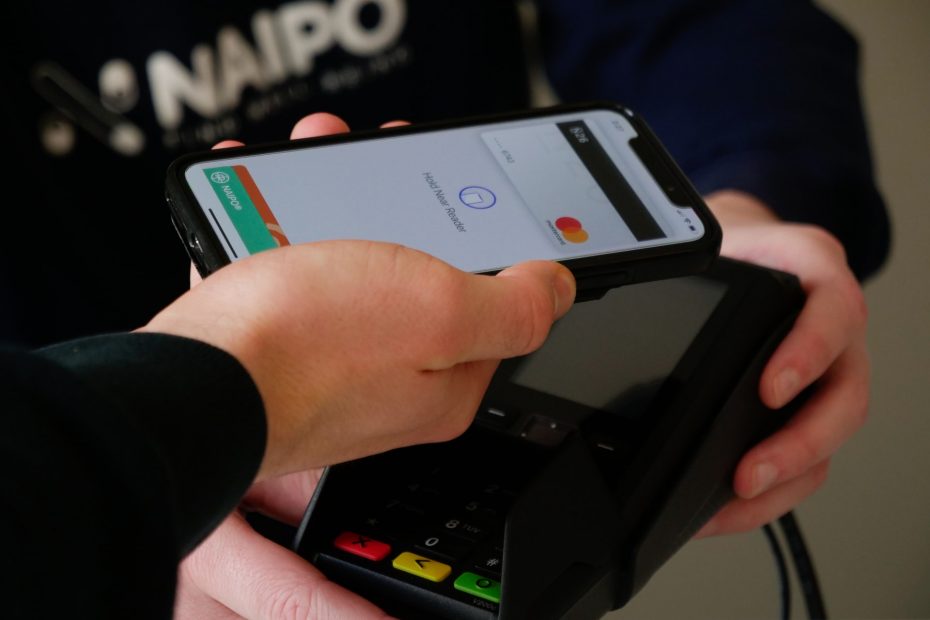From time immemorial, humans have dealt with physical payments like the exchange of items, cards, or tangible currency. But as tech takes over, payments continue to get invisible as consumers embrace quick and convenient strategies like electronic wallets and app payments.
Digital retailers must now maneuver an ever-changing market as intangible payments become a primary tool to set up customer-friendly payments and streamline the checkout experience. According to Juniper Research, intangible payments platforms like Amazon Go will handle over $75 billion payments by 2022. This represents an impressive 700 percent jump put side by side with 2017’s $9.5 billion.
Buyers are now after smart on-the-go checkout processes, and the tech required to drive these changes is getting more complicated, encouraging further advancements. The dawn of the Internet of Things and supporting gadgets is a primary driver in the rise of intangible payments.
Smart devices like smartphones, wearables, etc., are leading the front by helping users make payments. With more and more IoT gadgets emerging, intangible payments will get more popular and cause a drop in paper money and plastic’s payment share.
As payments get more invisible, merchants competing to meet buyer needs must switch to the latest strategies. Fundamentally, they must work with banking institutions to integrate new payment solutions seamlessly. With the ongoing sophisticated integration in the payments sector, industry giants will swallow more agile startups pioneering groundbreaking payment solutions.
While boasting numerous advantages, intangible payments can pose some challenges to merchants. Retailers must prepare to adhere to existing regulations and match the stipulated security standards.
The latest Strong Customer Authentication policy passed in the Second Payment Services Directive (PSD2) requires that buyers authenticate their ability to finish a transaction. Therefore, a shopper must confirm a purchase by keying a passcode or through biometrics. To make intangible payments the staple payment method, we must find a means to verify these transactions without compromising the importance of back-end payments.
Final Words
As more shopping happens online, customers expect a smooth experience, which merchants must strive to offer.
To rely on invisible money, merchants count on Financial Institutions to provide convenient methods without compromising payment safety. So far, we’ve managed to weather the storms troubling the shift to invisible payments through strategic M&As, and hopefully, 2021 will present new opportunities.

